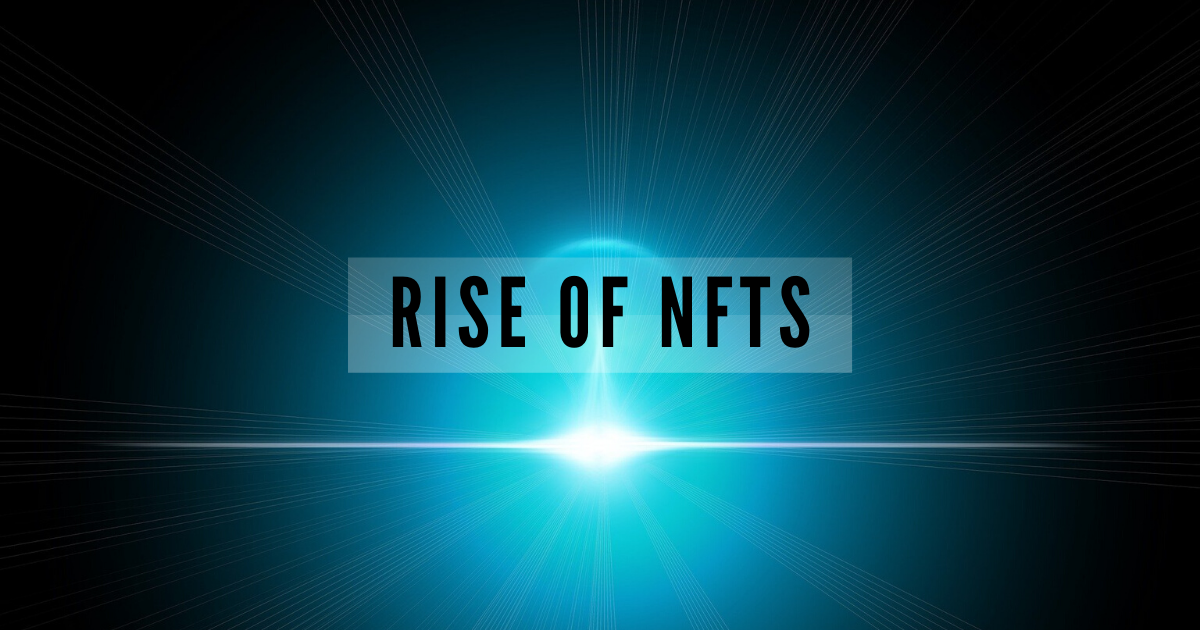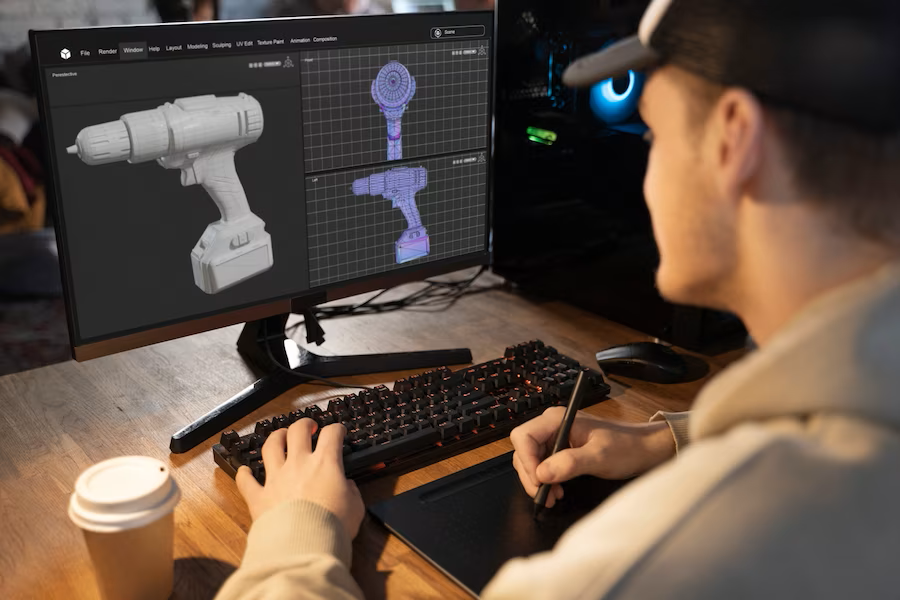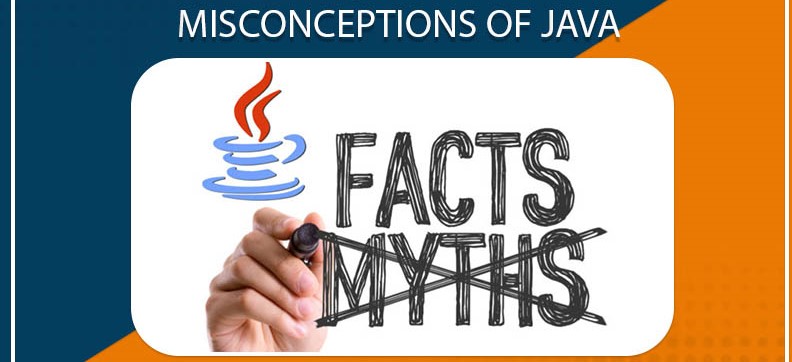Introduction
The rise of NFTs has brought about a revolutionary change in the art and digital world. Non-fungible tokens have introduced a unique way of owning and trading digital assets, creating unparalleled opportunities for artists and creators. In this blog post, we will delve into the impact of NFTs on the art industry and digital ownership, uncovering the transformative power of these tokens.
Understanding Non-Fungible Tokens (NFTs)
To comprehend the significance of NFTs, it is crucial to grasp their definition and characteristics. Non-fungible tokens are digital assets that represent ownership or proof of authenticity of a unique item or piece of content. Unlike cryptocurrencies like Bitcoin or Ethereum, which are fungible and interchangeable, NFTs are indivisible and possess distinct properties that set them apart.
NFTs and Artistic Expression
The emergence of NFTs has revolutionized the art world, providing artists with unprecedented opportunities for expression and monetization. These tokens offer a direct channel for artists to showcase their digital creations, be it digital art, music, videos, or virtual real estate. By leveraging smart contracts and blockchain technology, NFTs allow artists to retain control over their work and receive fair compensation.
Disrupting Traditional Art Markets
The impact of NFTs extends beyond artistic expression, disrupting traditional art markets in profound ways. Artists can now bypass intermediaries such as galleries, dealers, and auction houses, reaching a global audience directly. This decentralized approach to art ownership empowers emerging artists and amplifies underrepresented voices, democratizing the industry as a whole.
Tokenizing Real-World Assets
The scope of NFTs goes beyond digital art, as they have expanded into tokenizing real-world assets. Tangible assets, including real estate, collectibles, and sports memorabilia, can now be represented and traded as NFTs. This tokenization process provides verifiable ownership and even enables fractional ownership models, potentially revolutionizing traditional asset markets.
Leveraging the Power of Artificial Intelligence and Machine Learning in Mechanical Engineering
Challenges and Criticisms
While NFTs hold immense promise, they also face challenges and criticisms that warrant consideration. Environmental concerns surrounding the energy consumption of blockchain networks used for minting and trading NFTs have raised valid debates. Additionally, questions pertaining to copyright infringement, ownership rights, and the longevity of digital assets in a rapidly evolving technological landscape require careful examination.
The Future of NFTs
Looking ahead, the future of NFTs is brimming with potential. As technology continues to advance, we can anticipate improved interoperability between platforms, enhanced scalability, and refined user experiences. Furthermore, NFTs may find applications beyond the art world, playing a role in supply chain management, intellectual property protection, and digital identity verification.
Cultural Impact and Digital Collectibles
NFTs have had a significant cultural impact by introducing digital collectibles into mainstream consciousness. These digital assets, ranging from virtual trading cards to virtual fashion items, have gained popularity among enthusiasts and collectors. NFTs provide a new way for people to own and showcase their digital collections, blurring the lines between physical and digital ownership.
Empowering Artists and Royalties
NFTs have the potential to revolutionize how artists earn royalties and residual income. Through the use of smart contracts, artists can program their NFTs to receive a percentage of future sales whenever their creations are traded. This ensures that artists continue to benefit from the increasing value of their work, even in secondary markets.
Tokenization of Intellectual Property
Beyond art and collectibles, NFTs have the potential to tokenize intellectual property, such as patents, trademarks, and copyrights. By representing these intangible assets as NFTs, ownership and licensing rights can be easily transferred and verified, streamlining the management and monetization of intellectual property.
Transparency and Authenticity
One of the key advantages of NFTs is the transparency and authenticity they provide. Each NFT is stored on a blockchain, ensuring a transparent and immutable record of ownership. This eliminates the risk of counterfeit or forged digital assets and provides a trusted verification mechanism for buyers and sellers.
NFT Marketplaces and Secondary Sales
The growth of NFTs has given rise to dedicated online marketplaces where users can buy, sell, and trade these digital assets. These platforms provide a space for artists, collectors, and investors to engage in the NFT market. Additionally, secondary sales of NFTs allow artists to benefit from the increased value of their work over time.
Social Impact and Tokenizing Charity
NFTs have been used as a means to support charitable causes. Artists and creators can tokenize their work and donate a portion or the entirety of the proceeds to charitable organizations. This innovative approach combines art, technology, and philanthropy, creating a positive social impact.
Regulatory and Legal Considerations
As the NFT market evolves, regulatory and legal considerations come into play. Governments and regulatory bodies are exploring frameworks to address issues such as taxation, intellectual property rights, and consumer protection. Understanding and navigating these evolving regulations is crucial for the continued growth and legitimacy of the NFT ecosystem
Conclusion
Non-fungible tokens have ushered in a new era of art ownership and digital expression. Through the use of blockchain technology, NFTs provide artists and creators with unparalleled opportunities for monetization and control over their work. As we navigate the evolving landscape of NFTs, it is vital to strike a balance between innovation, sustainability, and the preservation of artistic integrity. By doing so, we can harness the full potential of NFTs and shape a transformative future for the art and digital ownership landscape.













